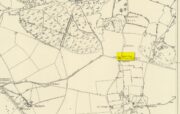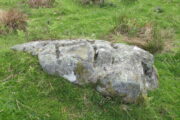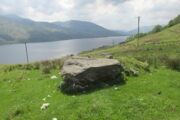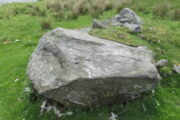Healing Well (destroyed): OS Grid Reference – SU 215 995
Archaeology & History
Not listed in the field-name surveys of the town, the name Slaughter Well was obviously a folk-name given to it by local people. The place was mentioned in an unpublished manuscript that Adin Williams’ (1888) managed to lay his hands on, where it was mentioned in relation to the missing pyramidal Market Cross. Its waters were “said to be medicinal.” The name of the well was said to derive from a battle here between Oliver Cromwell’s men and the Royalists. At this place,
“an officer was shot, and this incident gave the name ‘Slaughter’ to the well.”
References:
- Williams, Adin, Lechlade: Being the History of the Town, Manor and Estates, The Priory and the Church, E.W. Savory: Cirencester 1888.
© Paul Bennett, The Northern Antiquarian



